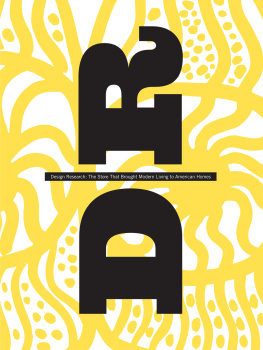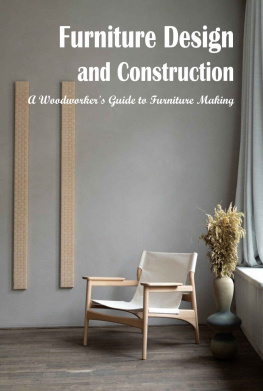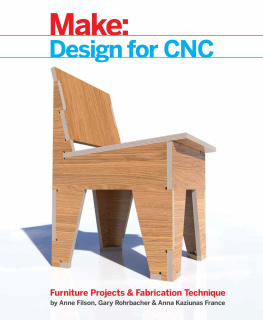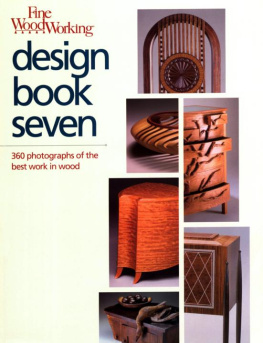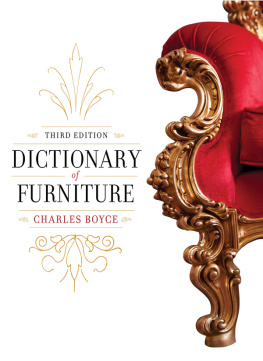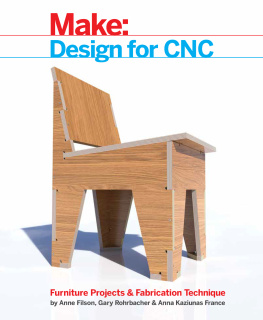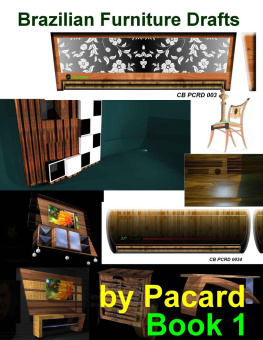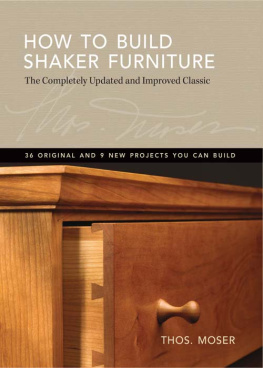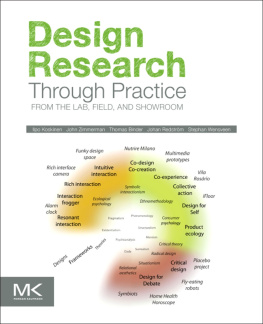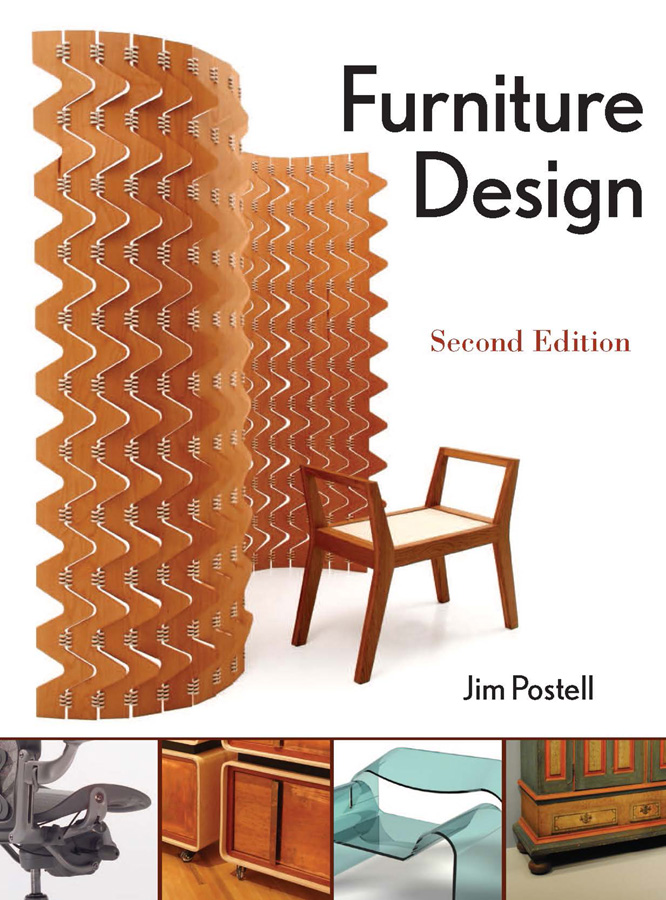Contents
FigureTI-1 Danish Institute for Study Abroad Furniture Design workshop. Drawing and sketching at full scale.
Photography: courtesy Erik Skoven, DIS.
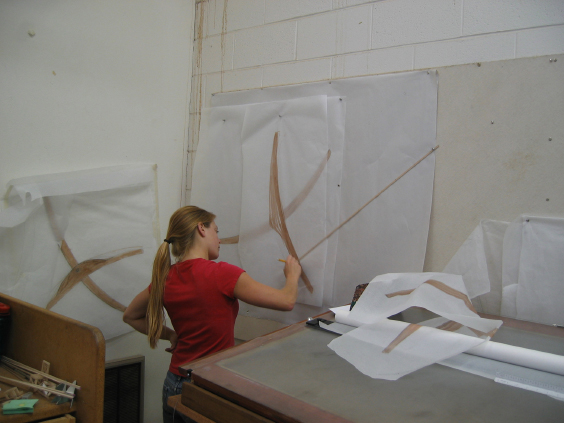

Cover images: Left: reproduced by permission of Design + Construction Strategies
Right: reproduced by permission of Integrated Environmental Solutions (IES)
Cover design: Anne Michele Abbott
Copyright 2012 by John Wiley & Sons, Inc. All rights reserved.
Published by John Wiley & Sons, Inc., Hoboken, New Jersey.
Published simultaneously in Canada.
No part of this publication may be reproduced, stored in a retrieval system, or transmitted in any form or by any means, electronic, mechanical, photocopying, recording, scanning, or otherwise, except as permitted under Section 107 or 108 of the 1976 United States Copyright Act, without either the prior written permission of the Publisher, or authorization through payment of the appropriate per-copy fee to the Copyright Clearance Center, Inc., 222 Rosewood Drive, Danvers, MA 01923, 978-750-8400, fax 978-646-8600, or on the web at www.copyright.com . Requests to the Publisher for permission should be addressed to the Permissions Department, John Wiley & Sons, Inc., 111 River Street, Hoboken, NJ 07030, 201-748-6011, fax 201-748-6008, or online at http://www.wiley.com/go/permissions .
Limit of Liability/Disclaimer of Warranty: While the publisher and author have used their best efforts in preparing this book, they make no representations or warranties with the respect to the accuracy or completeness of the contents of this book and specifically disclaim any implied warranties of merchantability or fitness for a particular purpose. No warranty may be created or extended by sales representatives or written sales materials. The advice and strategies contained herein may not be suitable for your situation. You should consult with a professional where appropriate. Neither the publisher nor the author shall be liable for damages arising herefrom.
For general information on our other products and services, or technical support, please contact our Customer Care Department within the United States at 800-762-2974, outside the United States at 317-572-3993 or fax 317-572-4002.
Wiley publishes in a variety of print and electronic formats and by print-on-demand. Some material included with standard print versions of this book may not be included in e-books or in print-on-demand. If this book refers to media such as a CD or DVD that is not included in the version you purchased, you may download this material at http://booksupport.wiley.com .
For more information about Wiley products, visit our Web site at http://www.wiley.com .
Library of Congress Cataloging-in-Publication Data:
Postell, James Christopher, 1958
Furniture design / Jim Postell. Second edition.
pages cm
Includes bibliographical references and index.
ISBN 978-1-118-09078-7 (cloth); 978-1-118-35170-3 (ebk.); 978-1-118-35171-0 (ebk.); 978-1-118-35315-8 (ebk.); 978-1-118-35316-5 (ebk.); 978-1-118-35318-9 (ebk.)
1. Furniture design. I. Title.
NK2260.P67 2012
749dc23
2012002907
978-1-118-09078-7
Preface
Alvar Aalto (18981976), Charles Rennie Mackintosh (18681928), and Frank Lloyd Wright (18671959) were architects who integrated custom furnishings into their buildings and interior spaces (). Consider the viewpoints brought to furniture design by these individuals and the unique disciplinary qualities within the fields of art, architecture, interior design, and industrial design. There are pronounced differences in the way architects and interior designers create a sense of place by designing, selecting, and locating furniture; in the way industrial designers seek to resolve industrial fabrication processes and integrate utility, human factors, and ergonomics in design; and in the way that artists are trained in their craft. Many individuals and disciplines to contribute to the body of knowledge of furniture design.
Experiments with bent and laminated woodfurniture components for the Paimio Sanatorium and the library in Viipuri, Finland. Designed by Alvar Aalto.
Photography by Jim Postell, 2006.
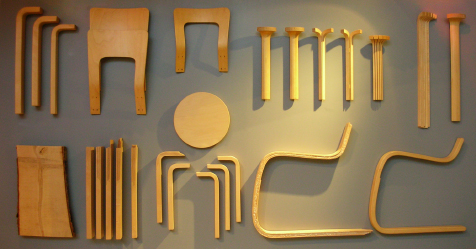
Three-seat settee, designed and fabricated by Wendell Castle (1968). Stacked-laminated, carved cherry wood.
Photography by Jim Postell, 2011.
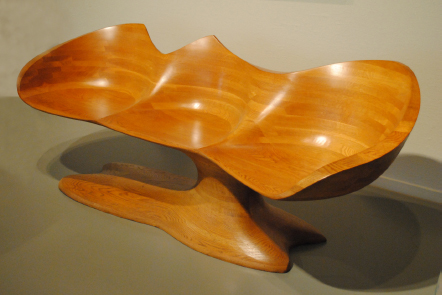
Stacked Tongue 577 chairs, designed by Pierre Paulin (1967), tubular steel armature surrounded with rubber webbing and expanded foam, upholstered in polyester stretch fabric. Manufactured by Artifort. 33 inches wide; 35 inches deep; 24 inches high; 133/8 inches seat height (85 cm wide; 90 cm deep; 61 cm high; 34 cm seat height).
Photography by Jim Postell, 2011.
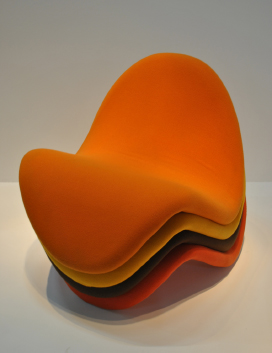
Think about the influence that material properties, use, applied forces, the surrounding environment, and ergonomics have on furniture design. Reflect upon the historical, cultural, political, and societal conditions revealed in the way people sit, rest, work, and play, or the human factors research and anthropometric data on which furniture designers rely. Many factors should be considered when designing furniture. Most are situated within personal, cultural, disciplinary, and professional frames of reference.
This second-edition textbook is written to serve students and furniture designers as a comprehensive survey and resource to give a deeper understanding and provide knowledge and inspiration for designing and making furniture. It has been rewritten to deliver a more extensive overview of furniture design through further documentation and analysis, with focus upon the stories and design intentions behind the furniture examples presented in this book. There are broader examples of furniture presented throughout the book, in-depth material specifications, and updated material covering digital design and fabrication technologies. The primary intention of this book is to articulate how ideas, use, design process, materials, and fabrication methods contribute to furniture design. This was a central theme in the first edition. This edition attempts to be more effective in achieving that goal.
Revisions have been made to each of the 10 chapters, which include:
- Chapter 1, Introduction to Furniture Design, presents an expanded overview to the discipline and introduces threads of disciplinary-centered research and research methods. Basic relationships are outlined between furniture and design, setting the stage for a comprehensive and extensive survey.
- Chapter 2, Function and Social Use, describes social-use categories, notions of utility, ergonomics, and function.
- Chapter 3, Form, Spatial Organization, and Typological Orders, addresses a range of physical, compositional, and spatial characteristics in furniture design.
- Chapter 4, Furniture Case Studies, presents 25 furniture studies organized in chronological order with new sustainable and digital design updates. In addition to the case studies, selected furniture projects by students highlight unique ways of thinking about furniture design, whose pedagogy and methodology were drawn from this book.


